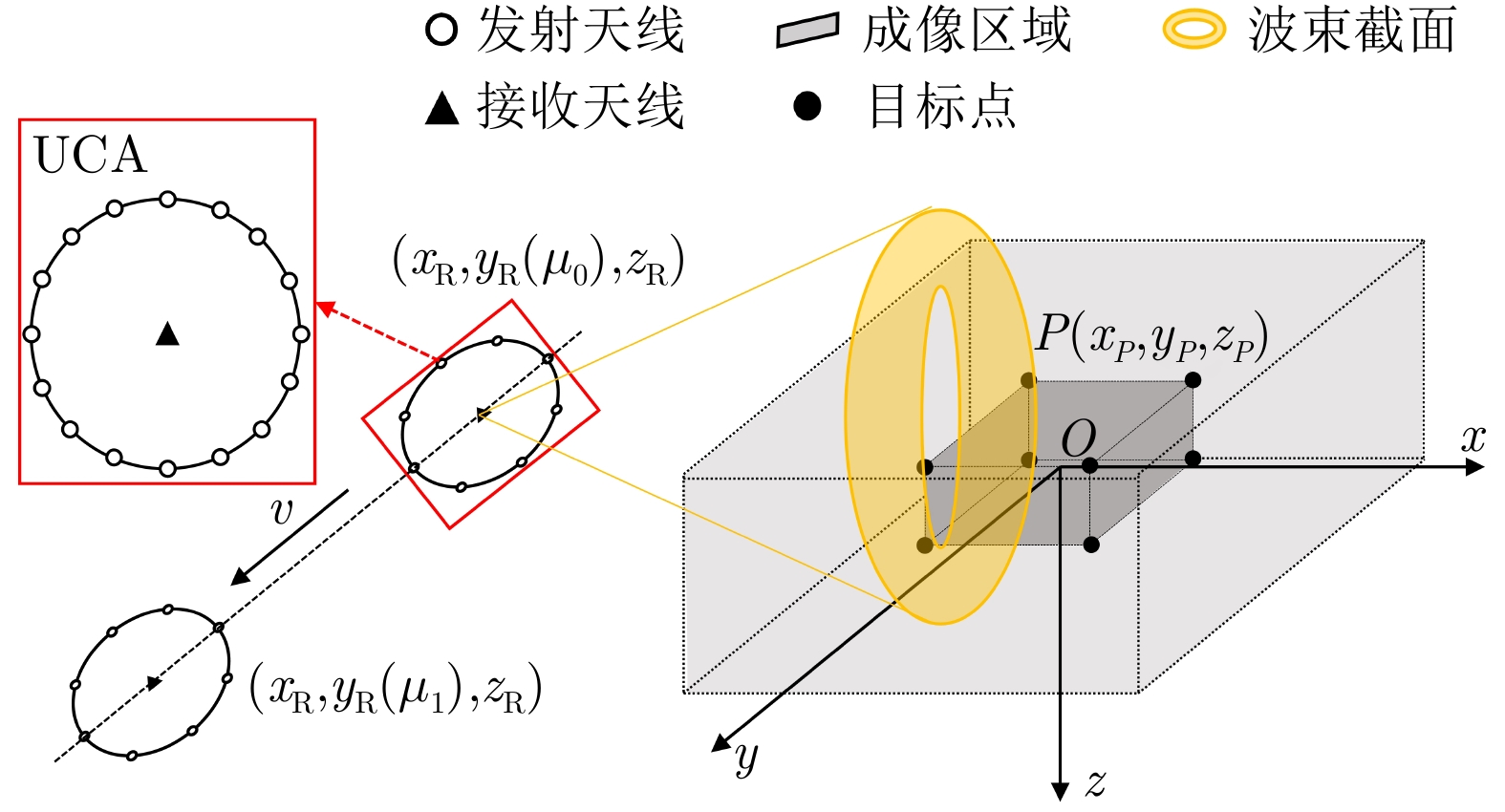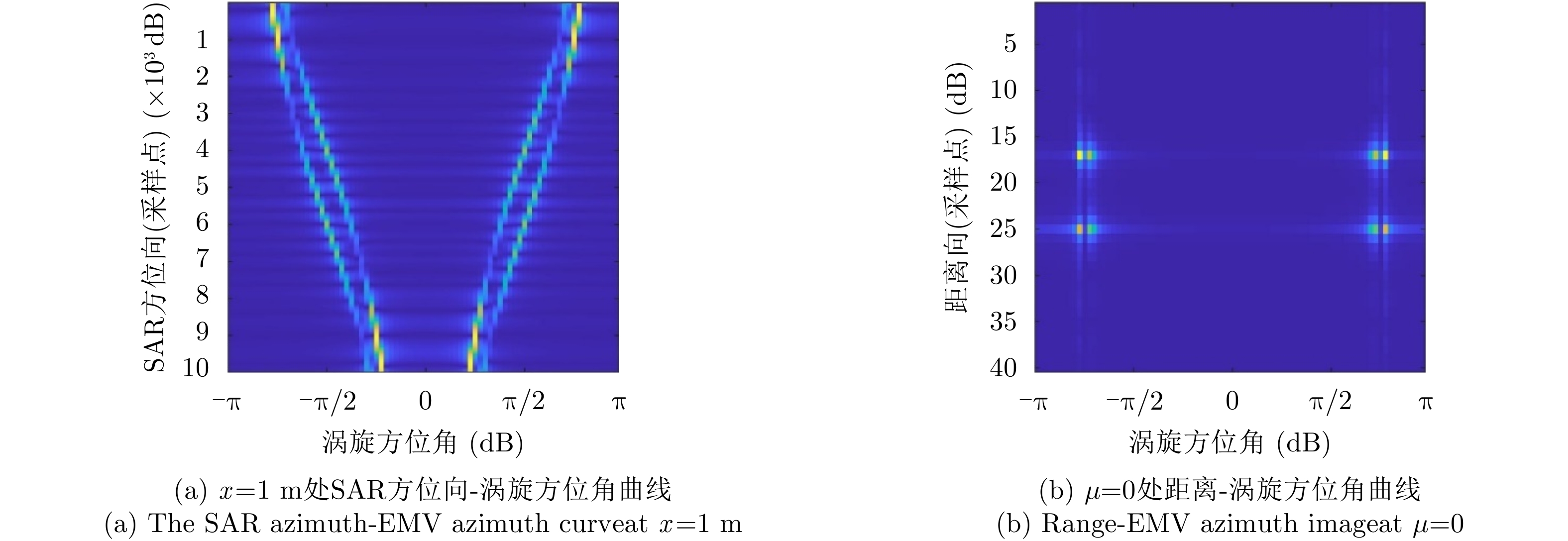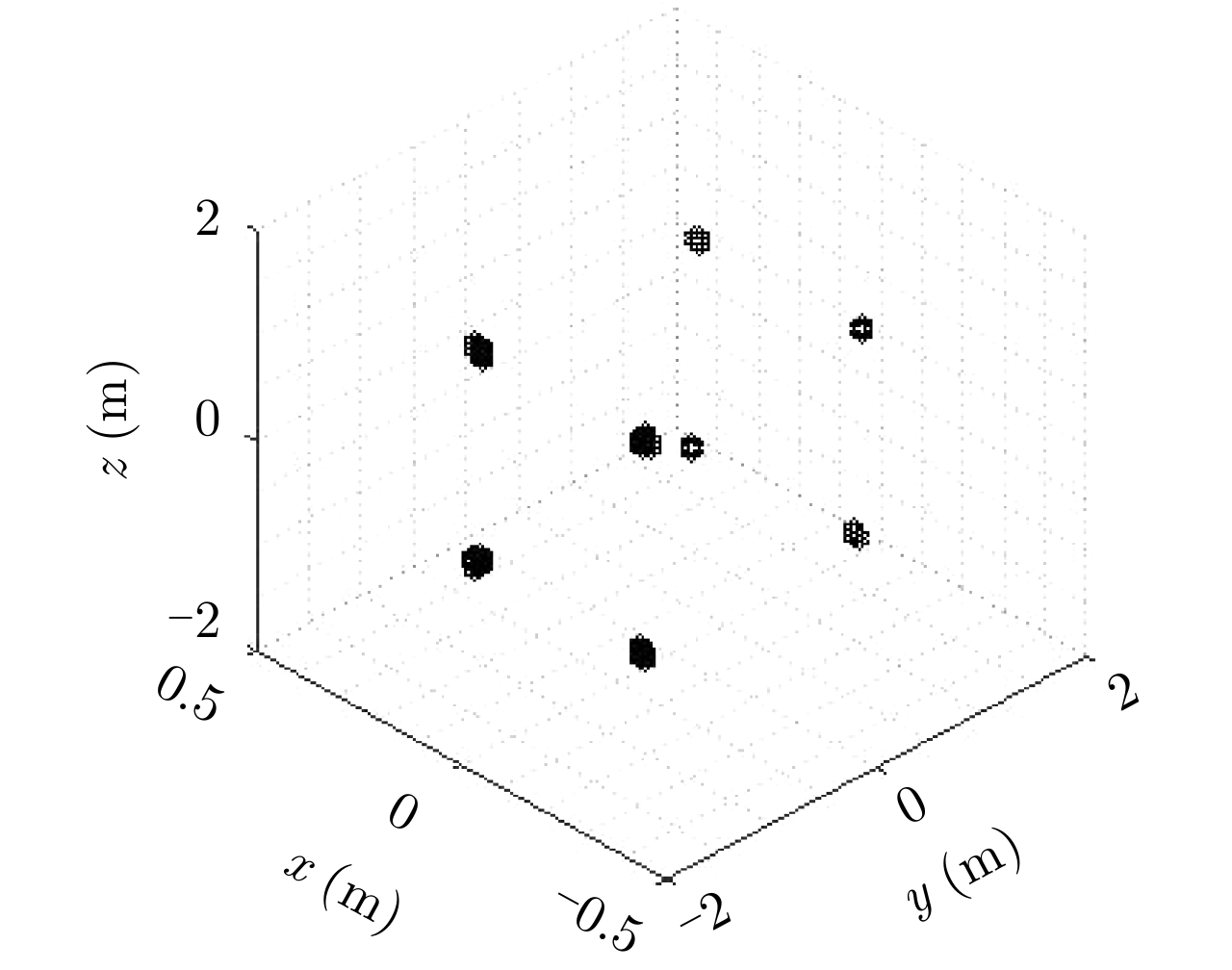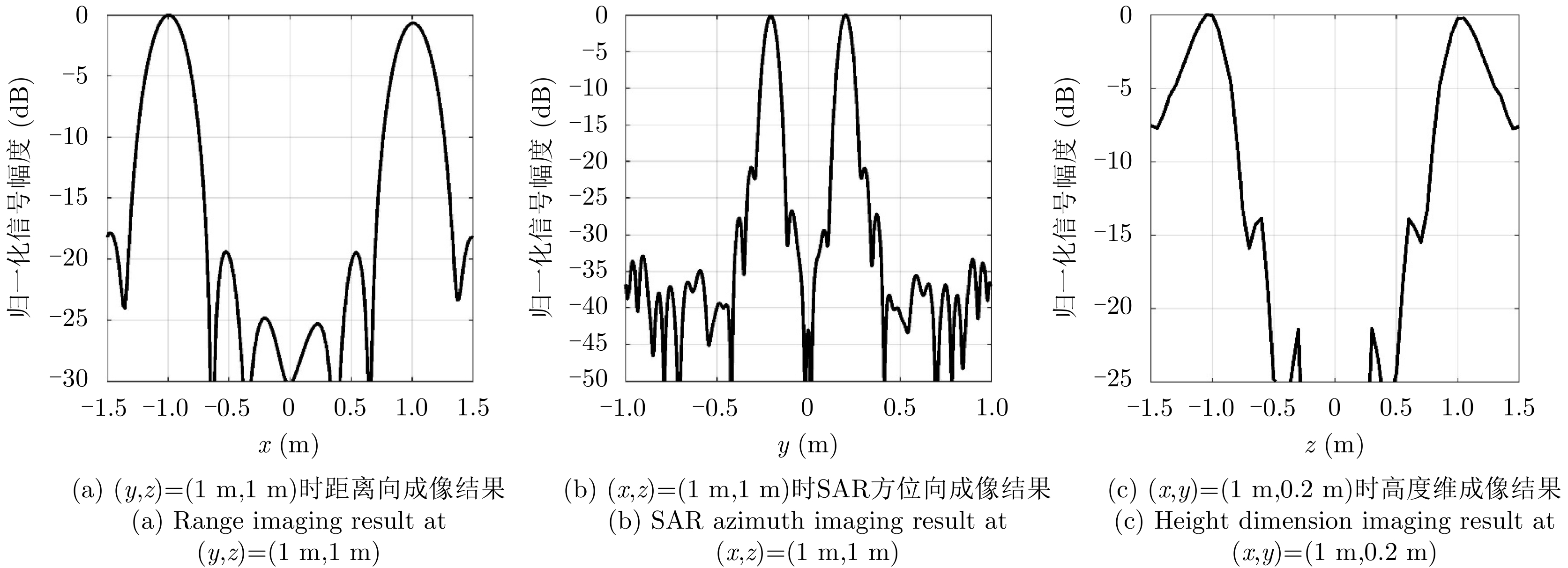| [1] |
GISIN N. Quantum Science and Technology[M]. Springer International Publishing AG, 2017.
|
| [2] |
MOHAMMADI S M, DALDORFF L K S, BERGMAN J E S, et al. Orbital angular momentum in radio—A system study[J]. IEEE transactions on Antennas and Propagation, 2010, 58(2): 565–572. doi: 10.1109/TAP.2009.2037701 |
| [3] |
TAMBURINI F, MARI E, SPONSELLI A, et al. Encoding many channels on the same frequency through radio vorticity: first experimental test[J]. New Journal of Physics, 2012, 14(3): 033001. doi: 10.1088/1367-2630/14/3/033001 |
| [4] |
EDFORS O and JOHANSSON A J. Is orbital angular momentum (OAM) based radio communication an unexploited area?[J]. IEEE Transactions on Antennas and Propagation, 2012, 60(2): 1126–1131. doi: 10.1109/TAP.2011.2173142 |
| [5] |
TAMBURINI F, THIDÉ B, MARI E, et al. Reply to comment on ‘Encoding many channels on the same frequency through radio vorticity: First experimental test’[J]. New Journal of Physics, 2012, 14(11): 118002. doi: 10.1088/1367-2630/14/11/118002 |
| [6] |
TAMBURINI F, THIDÉ B, BOAGA V, et al. Experimental demonstration of free-space information transfer using phase modulated orbital angular momentum radio[J]. arXiv: 1302.2990, 2013.
|
| [7] |
YAN Yan, XIE Guodong, LAVERY M P J, et al. High-capacity millimetre-wave communications with orbital angular momentum multiplexing[J]. Nature Communications, 2014, 5(1): 4876. doi: 10.1038/ncomms5876 |
| [8] |
LI Xi, FENG Zhiyong, FENG Jianyuan, et al. Electromagnetic vortex and its application in wireless communication[J]. Telecommunication Engineering, 2015, 55(10): 1067–1073. doi: 10.3969/j.issn.1001-893x.2015.10.001 |
| [9] |
CURLANDER J C and MCDONOUGH R N. Synthetic Aperture Radar[M]. New York: Wiley-Interscience, 1991.
|
| [10] |
CHENG Q, ALOMAINY A, and HAO Y. Compressive millimeter-wave phased array imaging[J]. IEEE Access, 2016, 4: 9580–9588. doi: 10.1109/ACCESS.2016.2635118 |
| [11] |
LIU Kang, CHENG Yongqiang, YANG Zhaocheng, et al. Orbital-angular-momentum-based electromagnetic vortex imaging[J]. IEEE Antennas and Wireless Propagation Letters, 2015, 14: 711–714. doi: 10.1109/LAWP.2014.2376970 |
| [12] |
BU Xiangxi, ZHANG Zhuo, CHEN Longyong, et al. Implementation of vortex electromagnetic waves high-resolution synthetic aperture radar imaging[J]. IEEE Antennas and Wireless Propagation Letters, 2018, 17(5): 764–767. doi: 10.1109/LAWP.2018.2814980 |
| [13] |
洪文, 王彦平, 林赟, 等. 新体制SAR三维成像技术研究进展[J]. 雷达学报, 2018, 7(6): 633–654. doi: 10.12000/JR18109HONG Wen, WANG Yanping, LIN Yun, et al. Research progress on three-dimensional SAR imaging techniques[J]. Journal of Radars, 2018, 7(6): 633–654. doi: 10.12000/JR18109 |
| [14] |
DU Yongxing, TONG Zongjun, QIN Ling, et al. Electromagnetic vortex imaging method based on improved BP algorithm[J]. Radar Science and Technology, 2020, 18(5): 539–545. doi: 10.3969/j.issn.1672-2337.2020.05.012 |
| [15] |
SHU Gaofeng, WANG Nan, WANG Wentao, et al. A novel vortex synthetic aperture radar imaging system: decreasing the pulse repetition frequency without increasing the antenna aperture[J]. IEEE Transactions on Geoscience and Remote Sensing, 2021, in press. doi: 10.1109/TGRS.2021.3053650 |
| [16] |
WANG Jianqiu, LIU Kang, CHENG Yongqiang, et al. Three-dimensional target imaging based on vortex stripmap SAR[J]. IEEE Sensors Journal, 2019, 19(4): 1338–1345. doi: 10.1109/JSEN.2018.2879814 |
| [17] |
BU Xiangxi, ZHANG Zhuo, CHEN Longyong, et al. Synthetic aperture radar interferometry based on vortex electromagnetic waves[J]. IEEE Access, 2019, 7: 82693–82700. doi: 10.1109/ACCESS.2019.2908209 |
| [18] |
MA Hui and LIU Hongwei. Waveform diversity-based generation of convergent beam carrying orbital angular momentum[J]. IEEE Transactions on Antennas and Propagation, 2020, 68(7): 5487–5495. doi: 10.1109/TAP.2020.2981724 |




 Submit Manuscript
Submit Manuscript Peer Review
Peer Review Editor Work
Editor Work





 DownLoad:
DownLoad:




